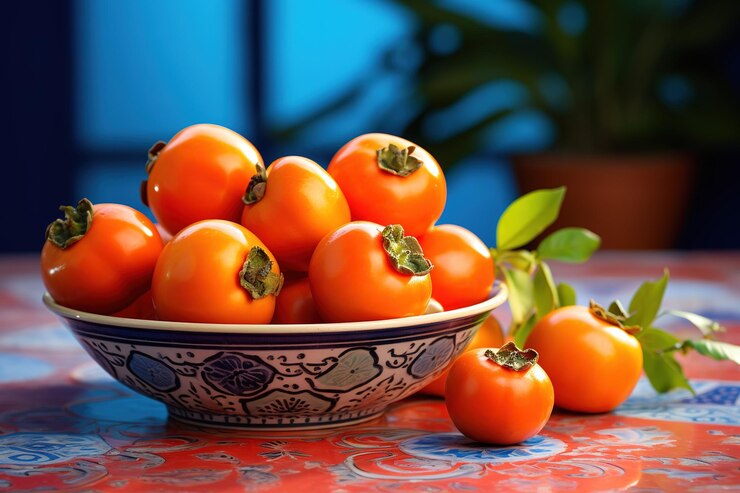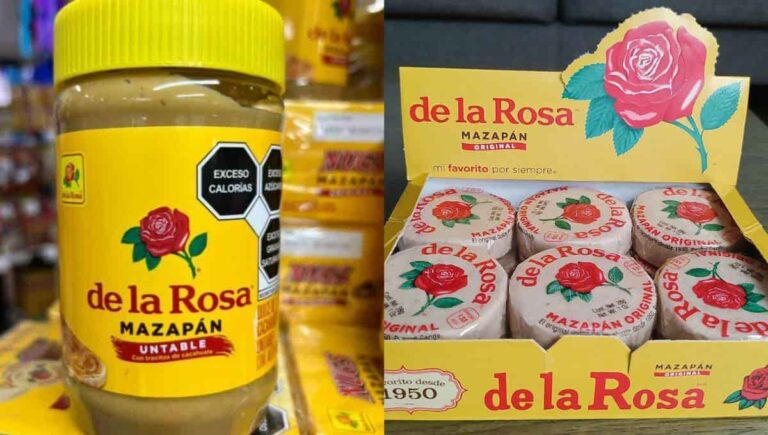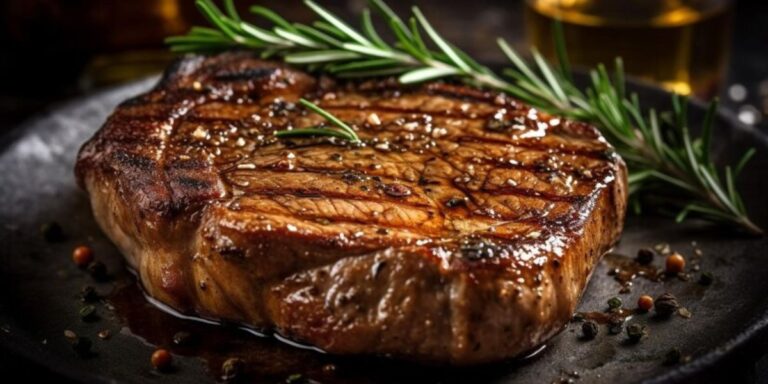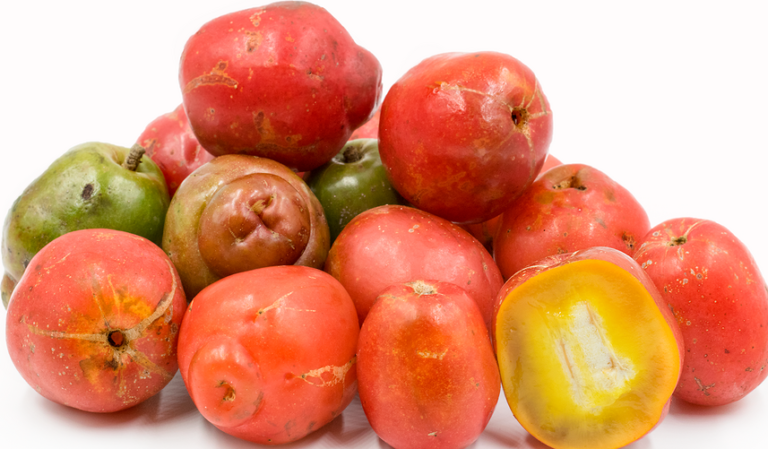Persimon: Exploring the Unique Fruit, Its Benefits, and Uses
Persimon, often known as the “fruit of the gods,” is a unique fruit cherished for its distinct flavor, vibrant color, and various health benefits. Its smooth, sweet flesh, and appealing appearance make it a popular choice among food enthusiasts. But beyond its aesthetic appeal, persimon offers a range of nutritional and medicinal benefits, making it a staple in various cuisines and wellness practices worldwide.
In this comprehensive guide, we’ll dive deep into everything related to persimon—its origin, nutritional value, health benefits, culinary uses, and much more. Whether you’re curious about incorporating persimon into your diet or learning about its versatile uses, this article covers everything you need to know.
What Is Persimon?
Persimon is a fruit that comes from trees in the genus Diospyros. Native to China, this fruit is now grown in various parts of the world, particularly in warm, temperate climates. The term “persimon” can refer to several different species of the fruit, but the most common types are the American persimon (Diospyros virginiana) and the Japanese persimon (Diospyros kaki). The fruit is typically round or oval and has a glossy, orange-red skin when ripe.
Persimons are divided into two main categories: astringent and non-astringent. Astringent varieties, like the Hachiya persimon, must be fully ripe before consumption, while non-astringent varieties, such as the Fuyu persimon, can be eaten while still firm. This classification is important when selecting and preparing the fruit, as unripe astringent persimons are known for their highly bitter taste.
Nutritional Value of Persimon
One of the key reasons for persimon’s rising popularity is its impressive nutritional profile. This fruit is low in calories but packed with essential nutrients, making it a great choice for those seeking healthy and natural food options.
Vitamins and Minerals
Persimon is an excellent source of vitamins A and C, both of which play important roles in boosting the immune system and maintaining skin health. The fruit also contains smaller amounts of vitamin E, K, and several B vitamins, including folate, which are important for various metabolic processes. In terms of minerals, persimon provides a healthy dose of potassium, magnesium, and manganese, all of which are vital for heart and bone health.
Dietary Fiber
Another standout feature of persimon is its high fiber content. Fiber is essential for healthy digestion and can help prevent constipation by promoting regular bowel movements. A single persimon contains around 6 grams of dietary fiber, which is a significant portion of the daily recommended intake for adults. This makes it an ideal fruit for those looking to improve their digestive health or maintain a healthy weight.
Antioxidants
Persimon is also rich in antioxidants, particularly flavonoids and carotenoids. These compounds help protect the body from oxidative stress, which is associated with various chronic conditions like heart disease, diabetes, and certain cancers. The presence of antioxidants in persimo’n makes it an excellent choice for anyone looking to improve their overall health and well-being.
Health Benefits of Persimon
The health benefits of persimon are numerous, thanks to its impressive nutritional content. Here are some of the key health benefits associated with this remarkable fruit:
Boosts Immune System
The high vitamin C content in persimo’n helps strengthen the immune system by promoting the production of white blood cells, which play a crucial role in defending the body against infections. Regular consumption of persimo’n can enhance your body’s ability to fight off illnesses such as the common cold, flu, and other infections.
Promotes Heart Health
Persimon contains a range of compounds that contribute to better heart health. The fiber in persimo’n helps lower cholesterol levels, while potassium helps regulate blood pressure. Additionally, the fruit’s antioxidants work to reduce inflammation and prevent the oxidation of cholesterol, which can lead to atherosclerosis and other cardiovascular diseases.
Supports Eye Health
The vibrant orange color of persimon is due to its high content of beta-carotene, a precursor to vitamin A. This vitamin is essential for maintaining healthy vision, especially as we age. Regular consumption of beta-carotene-rich foods like persimon can help reduce the risk of macular degeneration and other age-related eye conditions.
Improves Digestive Health
As mentioned earlier, persimon is an excellent source of dietary fiber. Fiber is crucial for a healthy digestive system, as it aids in bowel regularity and prevents constipation. Consuming persimon regularly can help keep your digestive system running smoothly and may reduce the risk of developing conditions like diverticulitis and irritable bowel syndrome (IBS).
Anti-Inflammatory Properties
The antioxidants in persimo’n, such as flavonoids and carotenoids, have powerful anti-inflammatory effects. Chronic inflammation is a major contributing factor to many diseases, including heart disease, diabetes, and cancer. By reducing inflammation, persimo’n may help lower the risk of developing these conditions and promote overall health.
Aids in Weight Management
For those looking to lose or maintain weight, persimon is a great addition to the diet. It is low in calories but high in fiber, which promotes a feeling of fullness and reduces the likelihood of overeating. Incorporating persimon into a balanced diet can help support healthy weight loss without sacrificing flavor or nutrition.
Potential Cancer-Fighting Properties
While more research is needed, some studies suggest that the antioxidants in persimo’n may have cancer-fighting properties. Antioxidants help neutralize free radicals, which can damage cells and contribute to the development of cancer. By including antioxidant-rich foods like persimo’n in your diet, you may reduce your risk of certain types of cancer.
Culinary Uses of Persimon
Persimon’s sweet flavor and versatile texture make it an excellent ingredient in a wide range of dishes, from salads to desserts. Whether eaten fresh, dried, or cooked, this fruit can add a unique touch to both savory and sweet recipes.
Fresh Persimon
One of the simplest ways to enjoy persimon is to eat it fresh. Non-astringent varieties, such as the Fuyu persimo’n, can be eaten like an apple, skin and all. Astringent varieties like the Hachiya persimon must be fully ripe (soft and jelly-like) before consumption. When ripe, the flesh of these persimons is incredibly sweet and can be scooped out with a spoon.
Dried Persimon
Dried persimon is a popular snack, especially in Asian cuisine. The fruit is sliced and dried, concentrating its natural sugars and giving it a chewy texture. Dried persimon can be eaten on its own as a snack or used in baking and cooking to add a sweet, fruity flavor to dishes.
Persimon in Salads
Persimon adds a unique sweetness and vibrant color to salads. It pairs well with leafy greens, nuts, and cheeses, making it an excellent addition to fall and winter salads. Try adding slices of persimo’n to a spinach salad with goat cheese, walnuts, and a balsamic vinaigrette for a delicious and nutritious meal.
Baking with Persimon
Persimon is also a great ingredient for baking. Its sweet flavor and moist texture make it perfect for cakes, muffins, and breads. Persimon bread, for example, is a popular seasonal treat. Often made with ripe Hachiya persimo’n, spices like cinnamon and nutmeg, and nuts for added crunch.
How to Choose and Store Persimon
When selecting persimons, it’s important to consider the variety. If you’re choosing an astringent persimo’n like Hachiya, look for fruits that are soft to the touch and have a rich, deep orange color. Non-astringent persimons like Fuyu can be eaten when firm, so these can be picked. When they are still slightly hard but have fully developed color.
To store persimons, keep unripe fruits at room temperature until they ripen. Once ripe, they can be stored in the refrigerator for up to a week. If you have more persimons than you can eat, consider drying or freezing them for later use.
Conclusion
Persimon is more than just a delicious and visually appealing fruit; it’s a nutritional powerhouse that offers a wide range of health benefits. From boosting immune function to promoting heart and digestive health, this fruit deserves a place in your regular diet. Whether you enjoy it fresh, dried, or in various recipes, persimo’n is a versatile and healthy addition to any meal.
FAQs
What is the best way to eat persimon?
The best way to eat persimon depends on the variety. Non-astringent persimons like Fuyu can be eaten firm, just like an apple. Astringent varieties like Hachiya must be fully ripe before eating, at which point their flesh becomes soft and sweet, and can be scooped out with a spoon.
Can you eat the skin of a persimon?
Yes, the skin of a persimon is edible. However, some people prefer to peel it, especially if the skin is tough. Non-astringent varieties like Fuyu have thinner, more palatable skin, while astringent varieties like Hachiya can have thicker skin.
Are persimons good for weight loss?
Yes, persimons are low in calories and high in fiber, making them an excellent choice for weight loss. The fiber content helps promote fullness and reduce overeating, making it easier to maintain a healthy weight.
How can I tell if a persimon is ripe?
For non-astringent persimons like Fuyu, the fruit is ripe when it has fully developed color and is firm to the touch. For astringent varieties like Hachiya. The fruit is ripe when it is soft and has a jelly-like texture.
Can persimons be used in savory dishes?
Yes, persimons can be used in savory dishes. They pair well with ingredients like cheese, nuts, and meats, and can be added to salads. Used in sauces, or as a glaze for meats.







